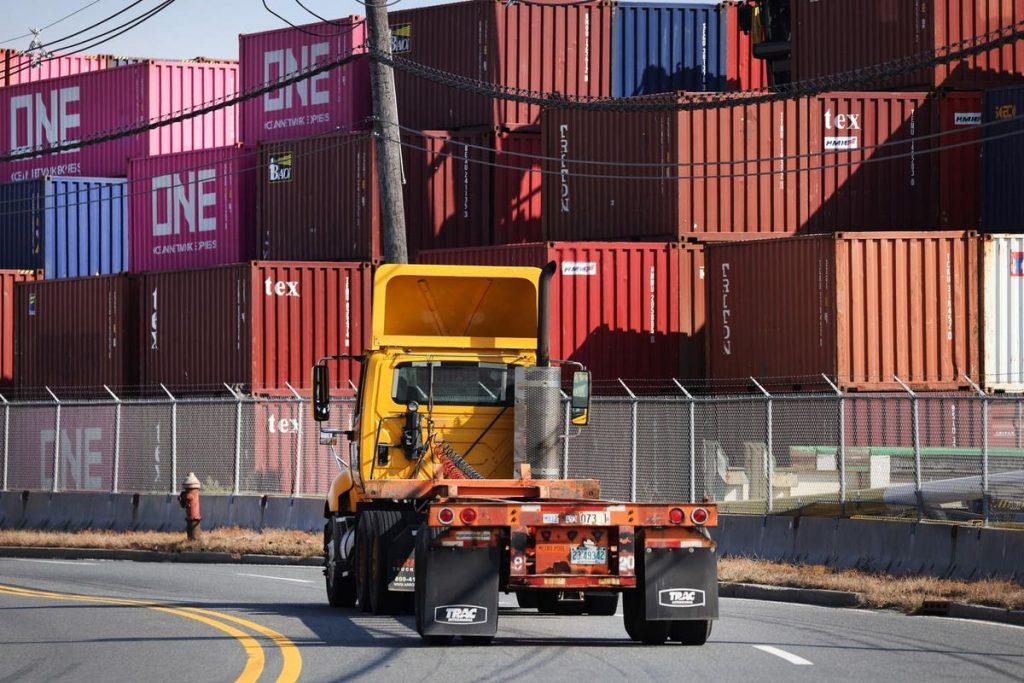One of the many things the COVID-19 pandemic taught us was just how fragile most organizations’ supply chains were. In fact, a White House report indicates a majority of businesses continued to experience major disruptions over a year after the onset of the pandemic.
Even though pandemic lockdowns are now a thing of the past, many industries continue to experience supply chain instability thanks to cyber attacks, severe weather and other global events. Fortunately, the pandemic taught valuable lessons on the power of strategic partnerships to simplify and improve supply chains.
Accelerating They Pre-Pandemic Trends
According to Yossi Sheffi, director of the MIT Center for Transportation and Logistics, it’s important to recognize that COVID-19 wasn’t what “broke” the global supply chain. Instead, it revealed underlying problems that were already existed, and ultimately served as a long-term positive by accelerating some industry changes.
Notably, the organizations that were best able to respond to pandemic challenges had adopted an agile approach that allowed them to quickly change their processes as needed (and sometimes completely pivot) to address changing customer needs. The pandemic also accelerated trends of supply chain automation and achieving full end-to-end visibility to better evaluate supplier relationships and customer behaviors.
While these trends are noteworthy in and of themselves, it is important to note that many of these functions rely on some form of strategic partnership to be carried out to the maximum effect. Brands need third-party software or robotics experts to help them implement automation. They need improved communication with suppliers to achieve full supply chain transparency.
Without the right types of partnerships in place (and without the right partners), efforts to implement these big picture trends will fall short of their full potential.
Focus On the Essentials
The pandemic also taught some companies a hard lesson about carefully judging the value delivered by each partnership. Sometimes, simplifying your supply chain operations means cutting out partners who are no longer serving your business effectively — or being more selective regarding the partners you work with.
This became especially clear during a recent conversation with Khushman Hans, senior director of operations at Chewy. “If you get away from what is actually essential in terms of vendors, logistics partners and so on, you can be left with an overly complex supply chain that doesn’t serve you or your customers well. Instead, you must regularly reevaluate partner relationships to identify redundancies, inefficiencies and a lack of alignment. By using up to date data and being fully transparent, you can curate partners who deliver the best long-term outcomes for all parties.”
Chewy has been notably focused on this front, with actions such as introducing its own middle mile fleet and automated fulfillment centers to help it reduce costs and optimize operations. Such actions naturally entail revisiting or revitalizing existing relationships to optimize supply chain operations.
Emphasis On Collaboration to Solve Problems
For many organizations, the pandemic — as well as the economic uncertainty and inflation of the last year — caused them to more critically evaluate their supply chain partnerships. Obviously, costs are an important thing to consider, but so too is the partner’s ability to collaborate to solve other pressing supply chain problems.
Because of this, transparency is an increasingly valued trait for delivering consistent supply chain experiences that meet customer expectations. Organizations that emphasize collaboration aren’t going to withhold important information from upstream or downstream partners, because their focus is the end goal of facilitating a smooth, streamlined supply chain experience for everyone. When this happens, supply chain costs decrease, customer satisfaction increases and everybody wins.
These same principles must also guide internal supply chain-oriented collaborations. Customer-facing teams, marketing, finance and more are all involved in this effort on some level, and establishing strong partnerships between departments can simplify your operations and help your team avoid miscommunications.
Maximizing Resilience, Agility and Sustainability
When strategic partners have the right collaborative mindset and are able to deliver technologies or resources that streamline your supply chain operations, they subsequently maximize your organization’s resilience, agility and sustainability.
This is especially important in light of how consumer preferences have changed in a post-pandemic world. As a report from McKinsey illustrates, “This fast-moving, fragmented, consumer-centric world will require a different sort of supply chain. Traditional supply chains sought to achieve stability and minimize costs. Future supply chains will need to be much more dynamic—and be able to predict, prepare, and respond to rapidly evolving demand and a continually changing product and channel mix. In short, supply chains will need to become agile.”
When vetting potential supply chain partners, organizations should consider how that partner’s capabilities, technology resources and vision can amplify their own resilience, agility and sustainability. The better your organization is able to proactively address challenges and changes in the global market, the better you’ll be able to respond to everything from shifting customer demand to cost-saving sustainability initiatives.
Building a Better Supply Chain
Supply chains always have some level of vulnerability — particularly when unexpected events negatively impact their operations. But by effectively collaborating with strategic partners and making the most of technology that fosters transparency and accountability, businesses in all industries can take steps to ensure their customers don’t face pandemic-level disruptions again.
Read the full article here










